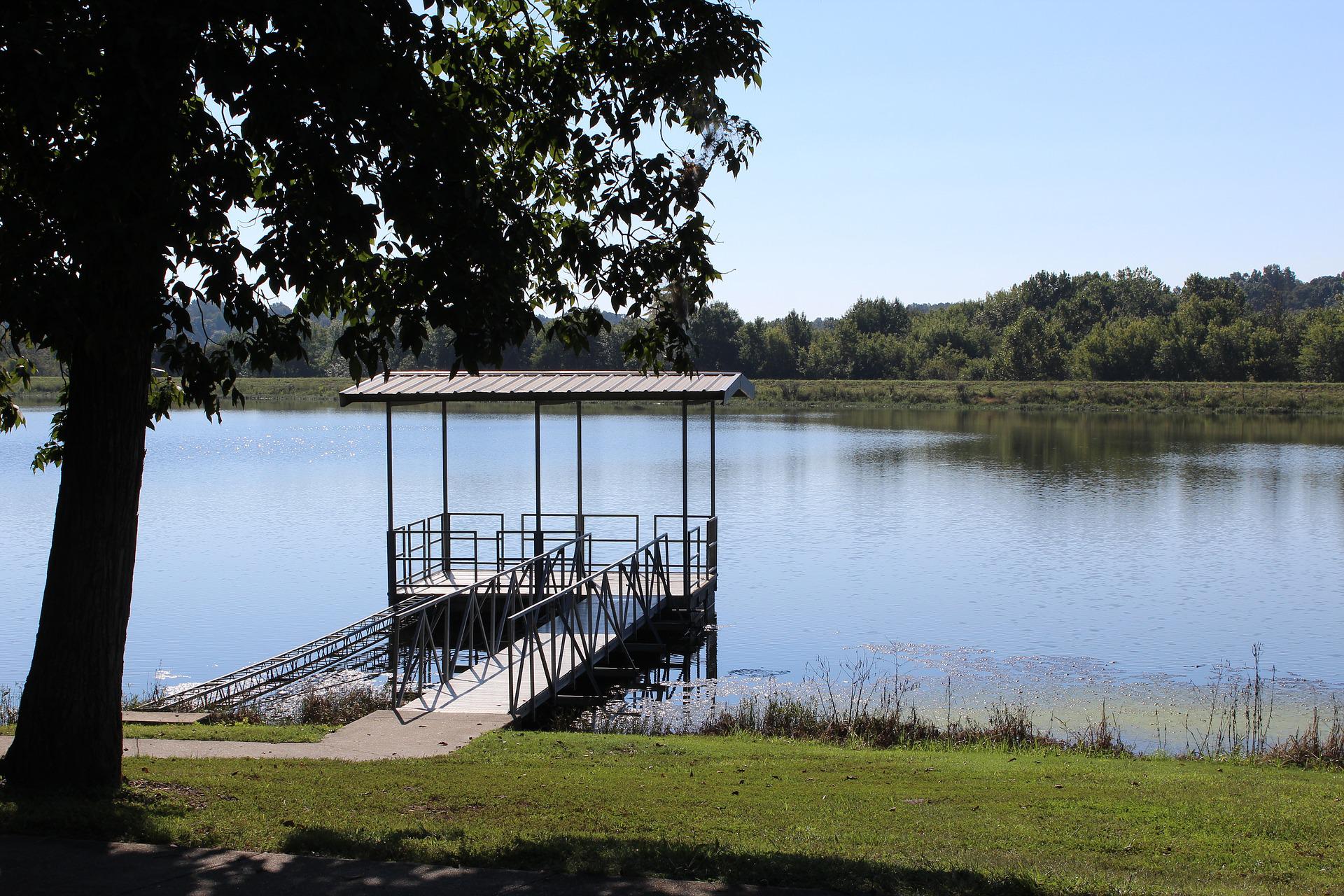Summer is here, and nothing beats spending a long sunny day or warm evening on your boat out on the water. If you are lucky enough to live on the water, you may even be able to build a dock on your property so that you can avoid renting space at a marina. Having your own boat dock is a great convenience, but you must be extremely careful that it is wired correctly. There are often many electrical components involved, including overhead lights, electric winches and lifts, and outlets for any tools you may need to use. Because of the high risk of water coming into contact with these electrical components, you must take proper safety precautions and ensure your dock is up to code.
- A GFCI is a must. The National Electric Code requires that GFCI units be installed on all boat docks. Due to weather and the activity of a boat dock, electrical wiring may likely become faulty or receive a power surge when water is splashed onto one of the components. GFCIs can act quickly enough to break the circuit before serious damage or harm occurs to your dock, family, or yourself. Your insurance will also likely require that a GFCI is installed to cover your dock.
- Test the GFCI. Having a GFCI present is only the first step; you then have to ensure it is properly maintained and functioning. We recommend monthly testing of your boat dock’s GFCI unit so that you catch any issues as quickly as possible. A professional should be the one to perform the inspections so that you are confident in your unit’s safety.
- Bonding jumpers need to be installed. A lot of metal parts on a dock can potentially conduct electricity during a malfunction. Each can deliver a serious–and even lethal–shock. Bonding jumpers connect metal pieces to create a single circuit that will trigger the GFCI unit no matter which piece of metal is in contact with the source of electricity. For example, on an unbonded dock, a frayed wire may touch a piece of metal on the boat lift and electrify it without tripping the GFCI, which could then deliver a serious shock if you touched the metal. When bonding cables are used, all of the metal is connected by conductors to a ground wire and the GFCI. Any part that becomes electrified will create a surge that triggers the GFCI and cuts all power while delivering the excess electricity safely into the ground, saving you and your dock.
- Have a professional install the electricity. Electrical work is dangerous on its own, but it is even more life-threatening when you involve a huge amount of water. You should never perform your own electrical work on your boat dock. Contact an electrician you trust to do this important job with the utmost care and precaution.
- Inform your neighbors. Water conducts electricity and also connects all of your docks. Even if yours is maintained to the highest electrical standards, you may still run into danger if one of the neighboring docks has an electrical malfunction. Talk with your neighbors and educate them on proper dock safety so that everyone is well-protected against hazardous dock conditions.
- Have inspections performed regularly. Your dock experiences a lot of use; ensure the electrical components are kept running smoothly and safely with regular inspections. We recommend you have them done at least annually, if not every few months, to guarantee your safety.
Promise Electric provides professional commercial and residential electric services across the Sarasota region.



